
Austrian based NEFT Vodka Challenged seven Chilled 100 bartenders from Florida and Texas to create a unique cocktail after choosing their favorite NEFT barrel.
Austrian based Vodka producer, NEFT, recently challenged seven Chilled 100 Bartenders in two markets to create cocktails with their premium vodka. Made from four ancient grains of rye and water drawn from the Rhaetian Alps, NEFT is crafted slowly to ensure it’s always the best possible quality. Recently, the brand announced that its limited edition Pride can will be a permanent addition to the collection. Each bartender in the challenge choose the container that best spoke to them and their aesthetic and then crafted a totally unique cocktail.
We caught up with the three bartenders from Florida to check out their cocktails, and what inspired them.

Nikki Carter
Nikki Carter
Palm Beach County, FL – Tiki ‘Ono
“I chose the pride barrel because one color stood out to me and that was Red. Red symbolizes action, strength, energy, and passion as well as courage, desire, and confidence. Since I was 7, I have overcome abuse, bullying, and addiction, and for that I take pride in who I am, and am proud to be where I am at today. I have lost a lot of loved ones in the past, and for them I am strong and will always continue to keep going in life.”

“The Tell-Tale Heart”
“The Tell-Tale Heart”
Ingredients:
- 1 oz. of NEFT Pride Barrel vodka
- 1/2 oz. of Peach Schnapps
- 1 oz. of Watermelon Juice
- 1/2 oz. of Strawberry Puree
- 3/4 oz. of Lemon Juice
- 1 oz. of Ginger Beer
Garnished with a Strawberry and Watermelon
Bio: Nikki Carter has been in the bartending industry since she was sixteen years old. Bartending is more than a job to her, its opportunities to meet new people, make a new life and have fun. It’s more than making drinks, it’s art.

Rebecca Applebaum
Rebecca Applebaum
Miami, Florida – Blue Ribbon Sushi
“My inspiration for this cocktail is what I like to drink after work. I live in Miami and there’s delicious mango and pineapple everywhere- they’re also two of my favorite fruits. I love light refreshing cocktails, especially if it involves sparkling wine. This cocktail represents where I am physically (Florida) and mentally in life. I like easy drinking, delicious cocktails chock full of my favorite flavors for a some night time after work relaxation.”

Paradise Love
Paradise Love
Ingredients:
- 2 oz. NEFT vodka
- 1/2 oz. aperol
- 1 oz. Mango, blended*
- 1 oz. grilled pineapple, blended**
- 1/2 oz. vanilla cinnamon simple syrup
- 1/2 oz. Meyer lemon juice
- Fill with 2 oz. dry rose sparkling wine
Preparation: Put everything but the sparkling into a cocktail shaker. Shake with ice. Strain into a coupe glass. Fill with sparkling wine. Garnish with dehydrated mango.
*Fresh or frozen mango:
Simply blended in blender.
**For pineapple:
Cut spears from fresh pineapple. Very Lightly brush with olive oil. Grill over medium heat 6-8 minutes per side until nicely charred with good color. Blend in blender.
***For vanilla cinnamon syrup:
1 cup sugar to 1 cup water. Add 1 tsp cinnamon powder, 1 cinnamon stick, the insides of one vanilla bean plus the vanilla pod to mix. Bring to a boil and then slow to a simmer for 8 minutes. Strain with fine strainer. Let cool and use as needed.

Rensel Cabrera
Rensel Cabrera
Miami, Florida – Beaker and Gray
“NEFT Vodka is not only a premium spirit that was founded upon the premise of using the highest quality of ingredients, but they are also a company that has a high focus on sustainability, something that I’ve recently taken into account when creating cocktails. I wanted to build a refreshing cocktail that is all about sustainability. Nothing in this cocktail goes to waste. I’m using the citrus stock recipe from Trash Tiki, using the extra lime husks from limes after juicing them, I made a citrus stock to add more complexity to the cocktail & blended it equal parts with fresh lime juice to make Stuice! As for the garnish aspect, after straining out the raspberries I used to make a syrup, I lay them flat on a sheet & leave them to dehydrate overnight. What’s left is a really cool raspberry fruit roll up candy! Cheers!”

From Husk Til Dawn
From Husk Til Dawn
Ingredients:
- 2 oz. NEFT Vodka
- 1 oz. Stuice (Equal parts lime juice & citrus stock*)
- 3/4 oz. Raspberry Syrup**
- 2 oz. Ginger Beer
Preparation: Shake all ingredients minus ginger beer in a tin & strain over fresh crushed ice in a Collins glass. Top with soda water & garnish with raspberry fruit roll up.
*Trash Tiki Citrus stock
Ingredients:
- 51 oz Water
- 2 1/5 lb Citrus husks (halved and juiced)
- 1 Large strainer (such as Superbag or chinois)
- 33/100 cup White sugar
- Citric acid*
- Malic acid*
Preparation: Add the water and husks to a large pot and let boil for 5 minutes. Remove the husks (your stock will go bitter if you leave any longer), giving a quick squeeze back into the mixture as you pull them out. Remove the liquid from heat quickly and measure. (Accounting for some loss in heat evaporation and absorption from the husks, it should be 44 fluid oz, give or take). Place back on high heat until liquid is reduced by 50 percent, then add the sugar. Add the citric and malic acid according to ratio based on citrus type.*. Remove from heat, filter, bottle and refrigerate.
*Acid ratios by based on citrus varieties
Lemon and lime: 3% citric, 2% malic
Orange and grapefruit: 2% citric, 1% malic
Mandarin, etc.: 1% citric, 2% malic.
**Raspberry Syrup
Ingredients:
- 2 lbs raspberries
- 1 quart water (4 cups)
- 2 cups sugar
Preparation: Place the raspberries in a medium saucepan. Cover with water and bring to a boil. Reduce to a medium simmer and let the raspberries cook for about 20 minutes. Skim any foam that rises to the top.
After about 20 minutes, the raspberries will have lost most of their color and the water should be deep pink/red in color. Remove from heat. Strain the raspberry liquid through a fine mesh strainer into another clean pot, separating the solid berries from the liquid. DO NOT press down on the solids to extract more juice; it’s tempting, but doing this will make your raspberry syrup cloudy.
Once the raspberry liquid has been strained, discard the solid berries. Add 2 cups of sugar to the raspberry liquid. Bring back to a boil, stirring frequently to dissolve the sugar into the syrup. Let the syrup simmer for 5 minutes till the sugar is completely dissolved, skimming any additional foam that rises to the top.
Remove from heat and allow to cool completely. Pour into a glass container, seal, and refrigerate. The syrup should last for several weeks.
Bio: My name is Rensel Cabrera but most people call me Ice! I’m 25 years young & I have been in the industry for about 3 years. I started off at Beaker & Gray in Miami as a barback. Through hard work & amazing mentors, I worked myself up the ladder pretty quickly & 3 years later I became the head bartender. The owners of Beaker & Gray opened up another cocktail bar called The Sylvester where I am moving on full time over there to become the new bar manager. I’m young & hungry for knowledge & want to a leading figure in the Miami cocktail scene!
The post A Taste Of Sunshine – NEFT Challenges Florida Bartenders appeared first on Chilled Magazine.
Source: Mixology News
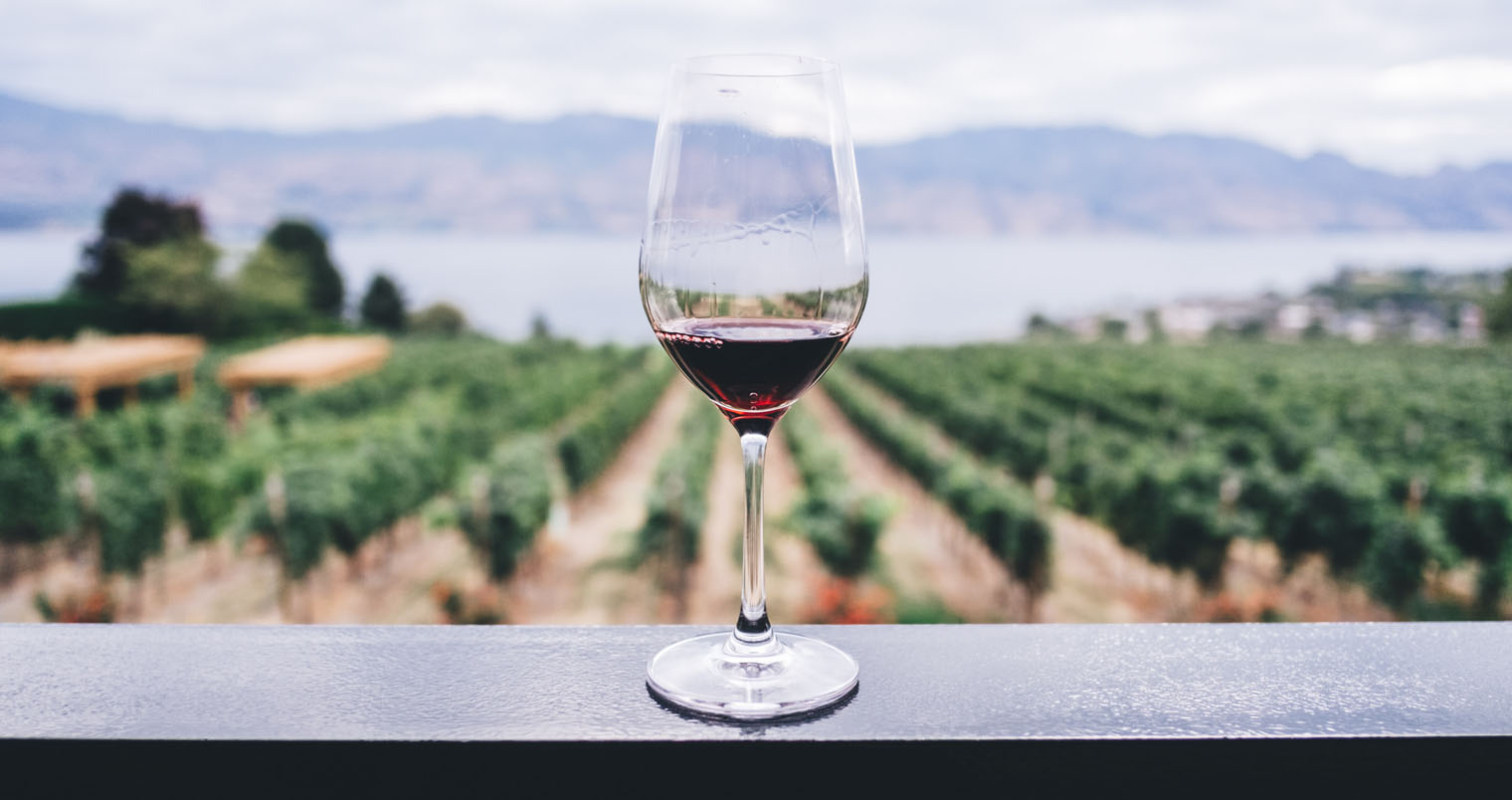



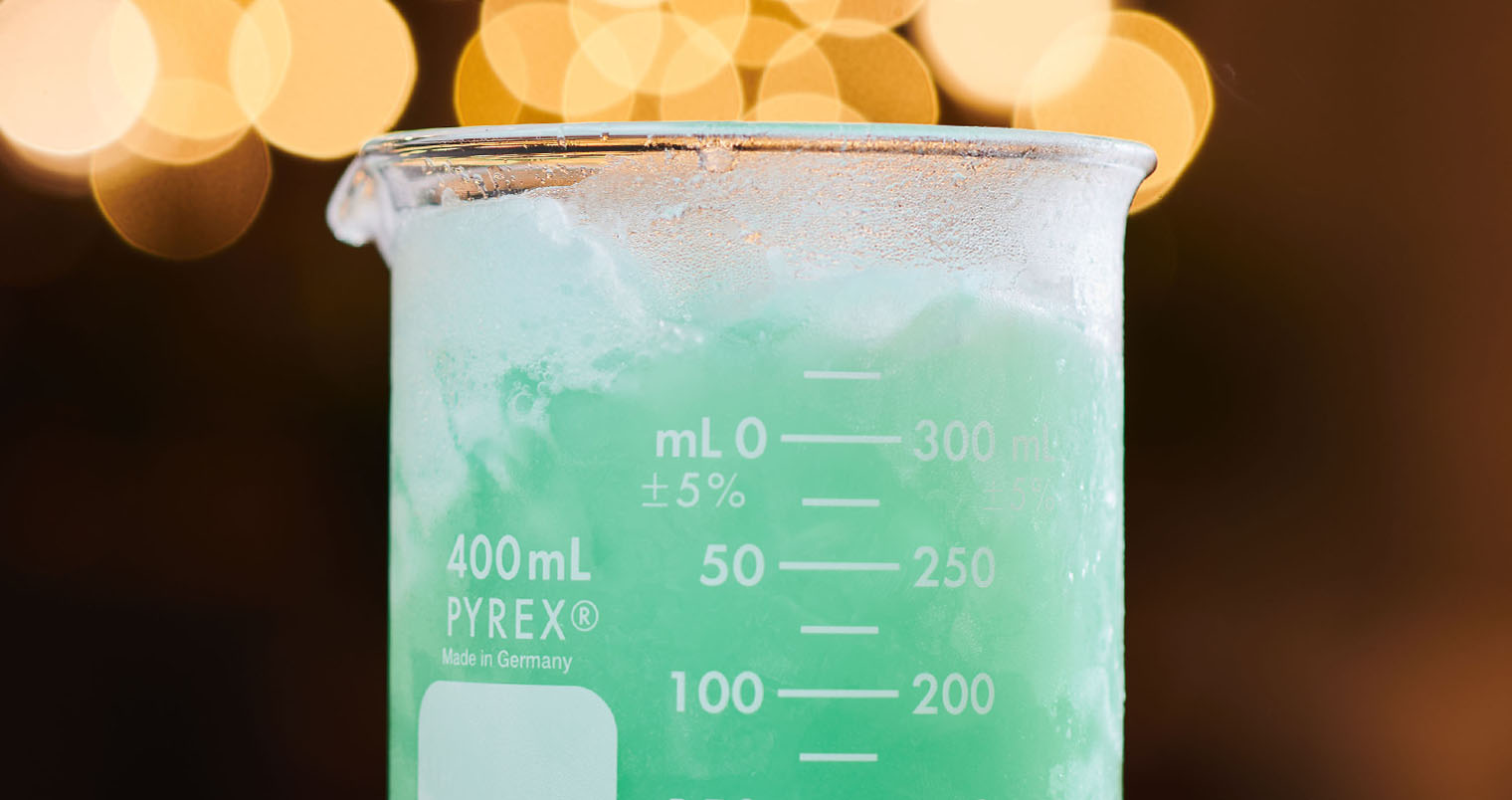


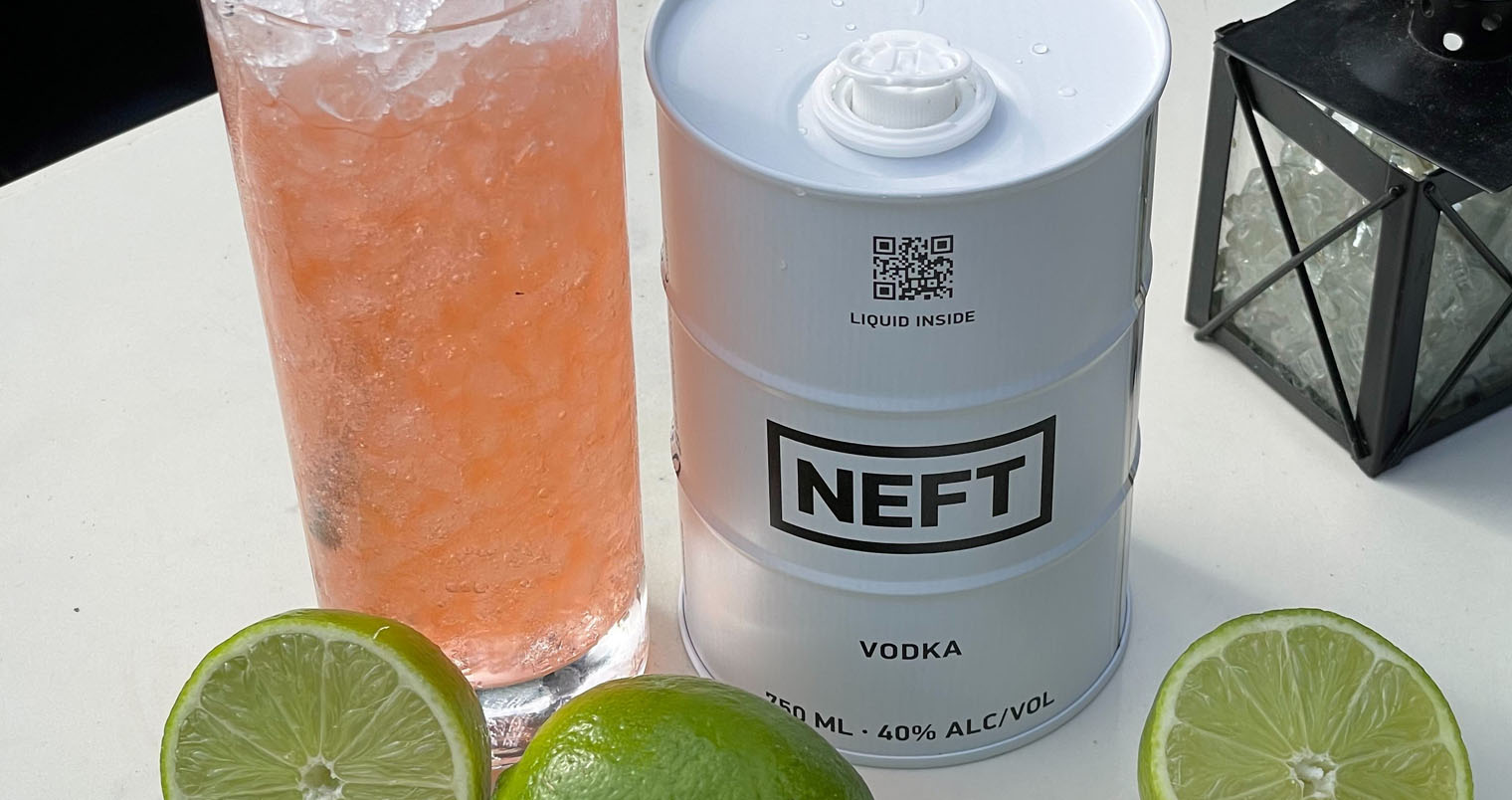







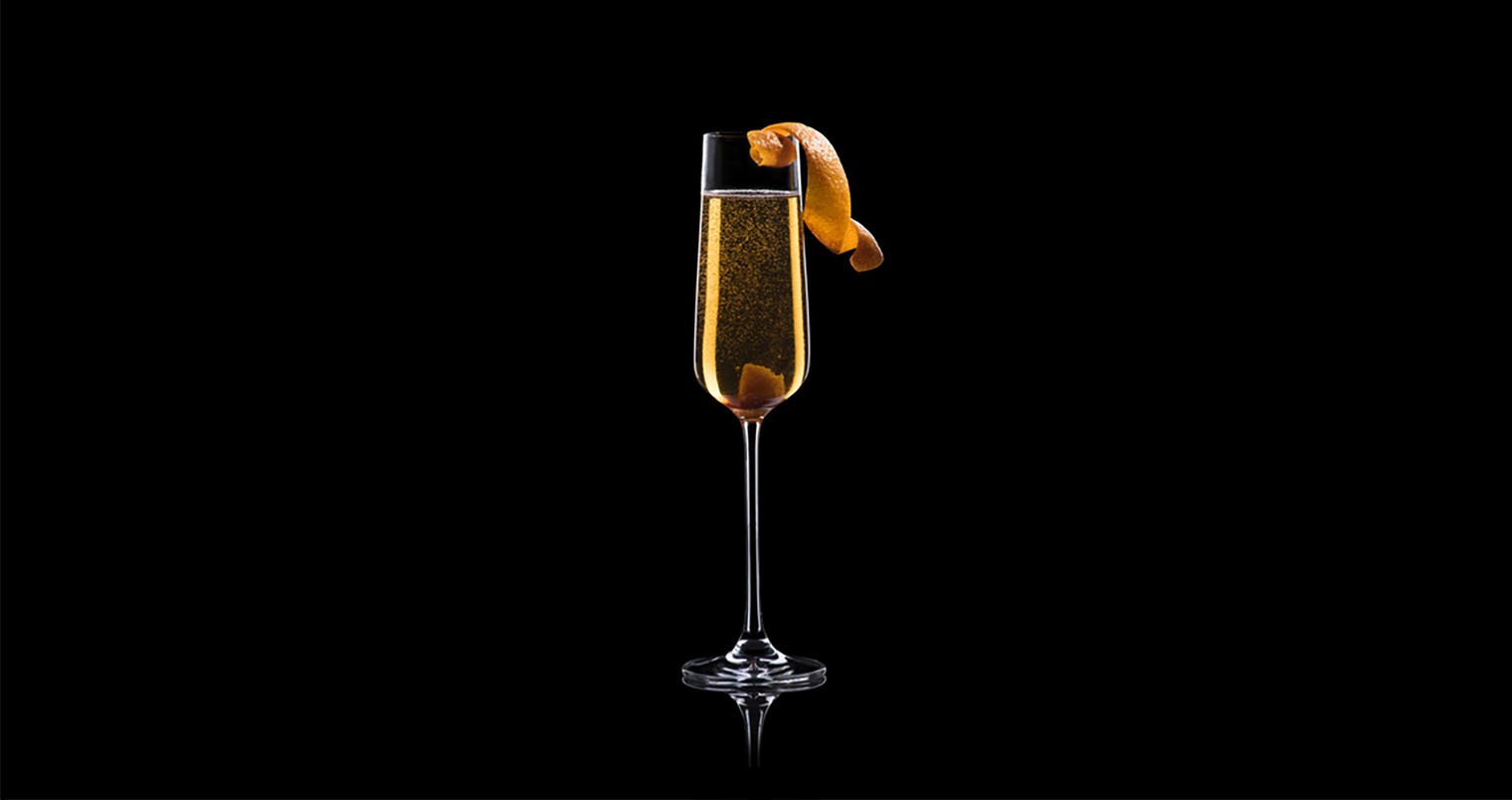


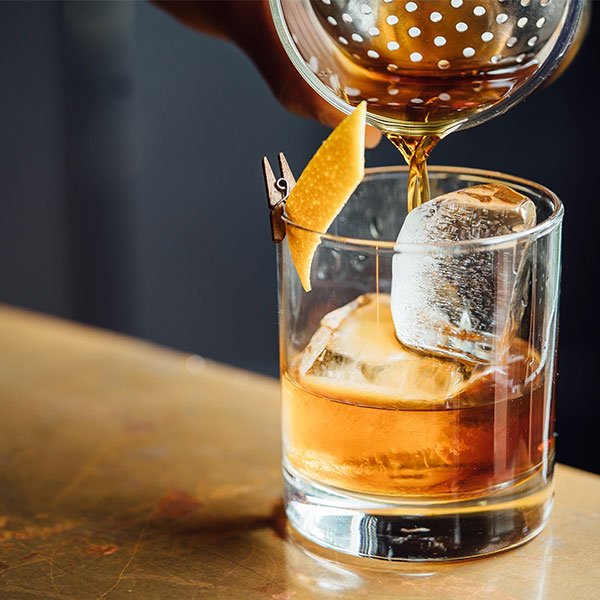



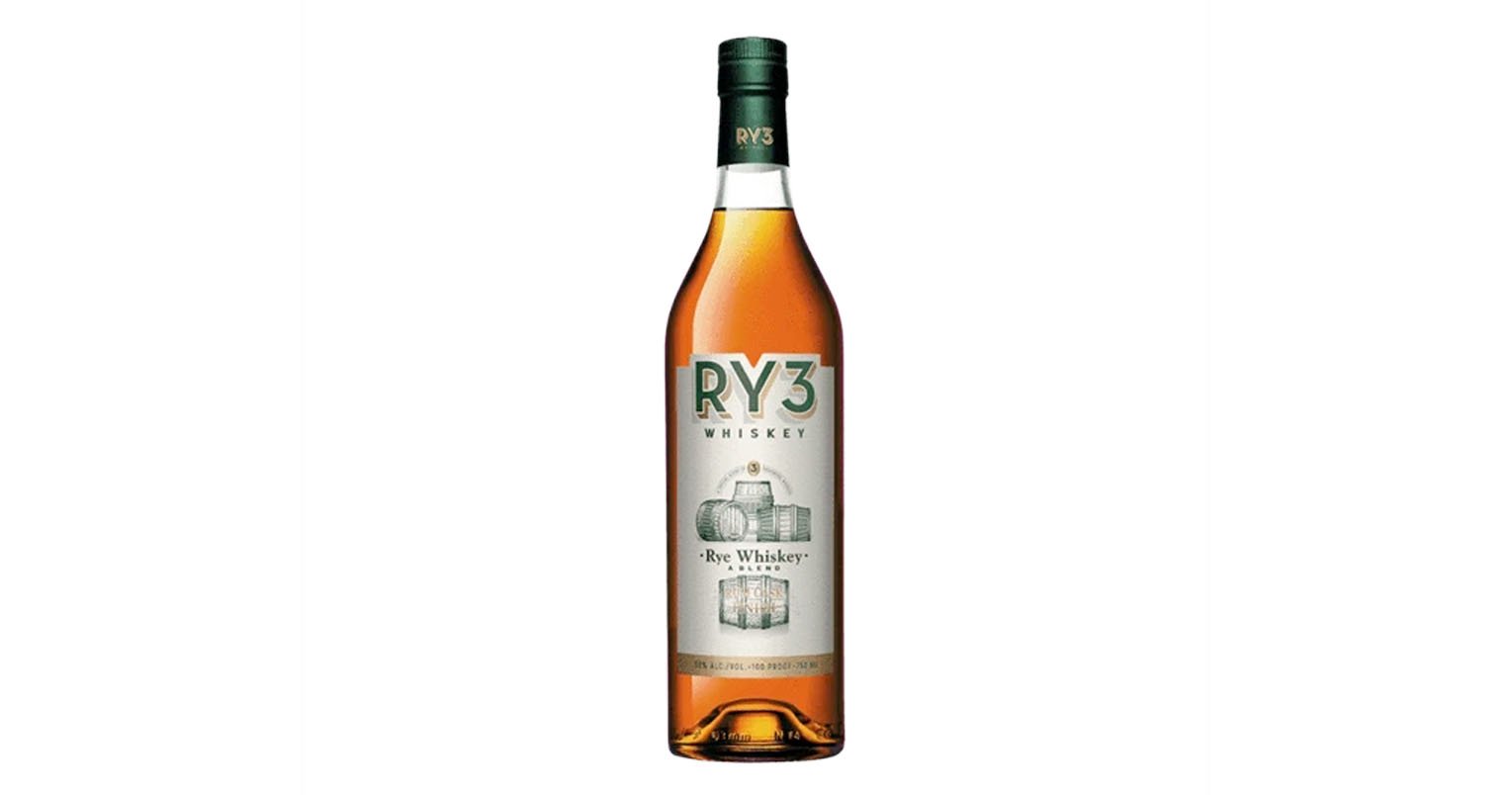



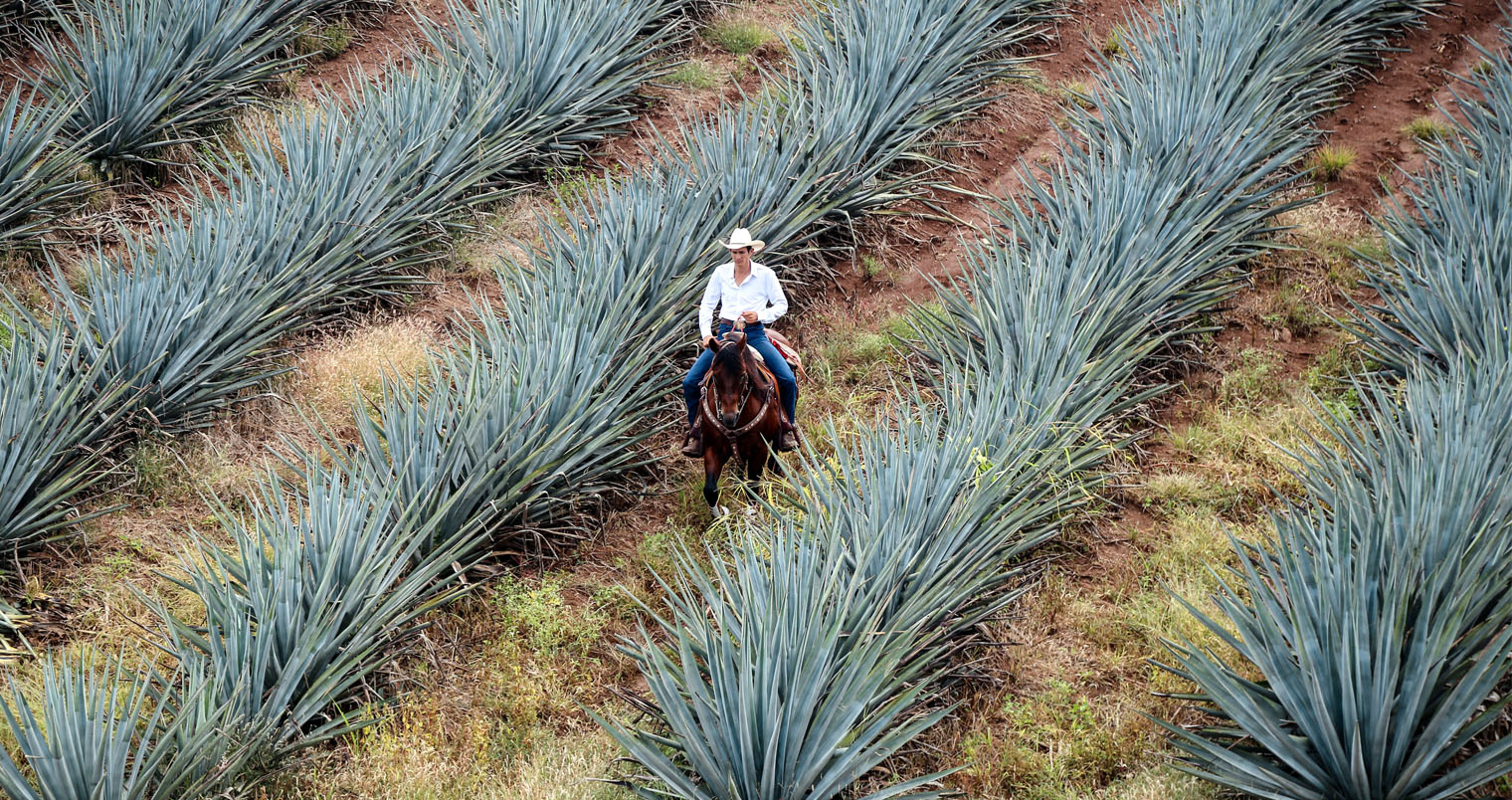















Recent Comments